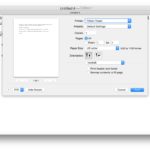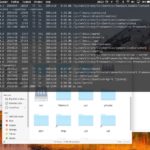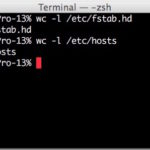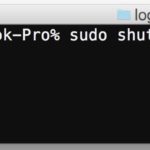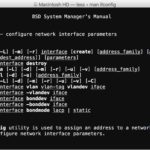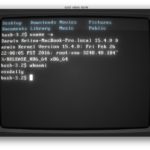Stupid Terminal Tricks: The Dancing ASCII Party Parrot
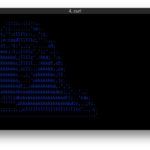
Want to horse around in the Terminal? If you have already finished watching Star Wars in ASCII from the command line, you have Rickrolled the Terminal dozens of times, and you’re done watching The Matrix style scrolling screens of text gibberish, and the scrolling screens of poop emoji is no longer cutting the mustard, perhaps … Read More

